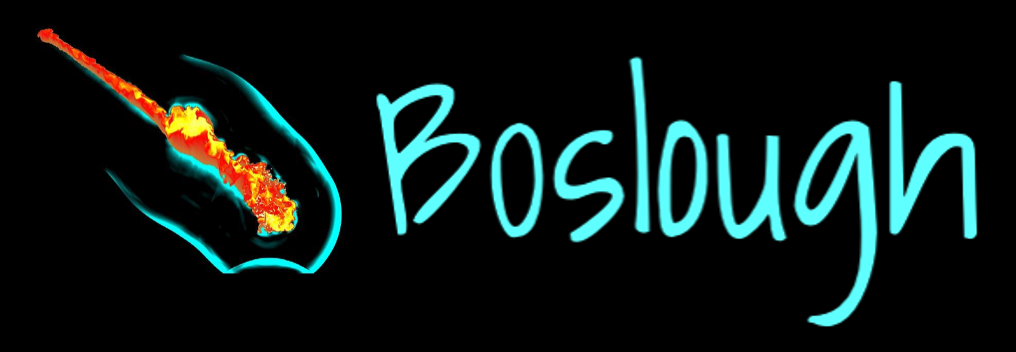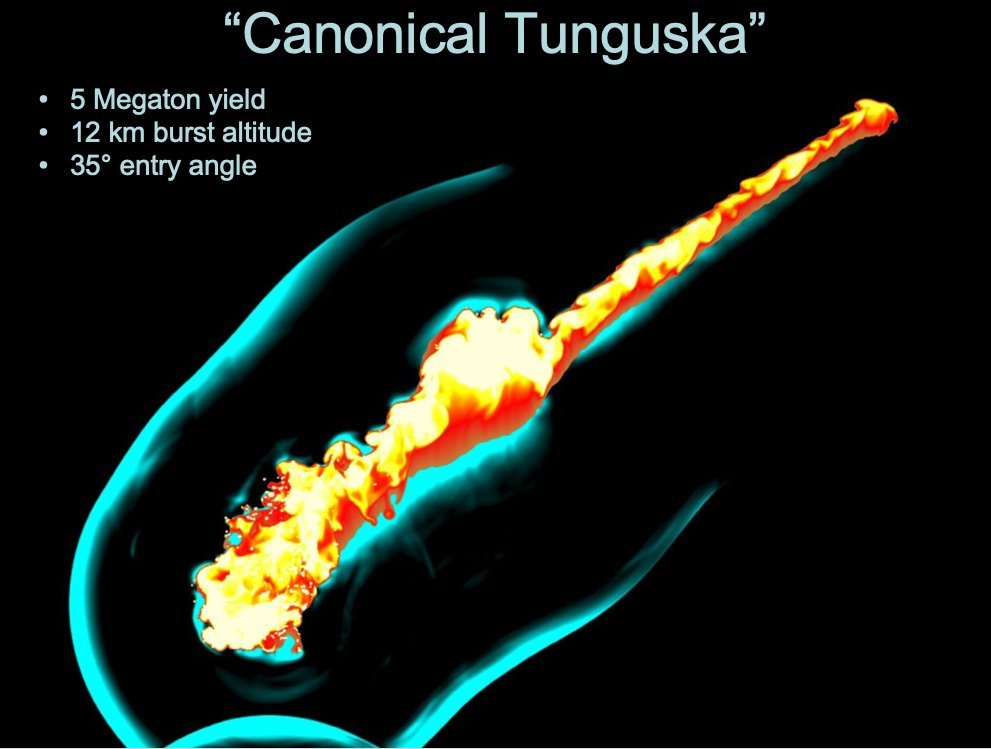It’s Time to Retract the Sodom Airburst Paper
After a year, Bunch et al (2021) still includes claims without evidence, false assertions, fabrications, citations to a nonexistent paper and non-peer-reviewed young-earth creationist literature, misrepresentations, and photographs of unknown provenance. Improper image tampering, directional misalignments, and incorrect labels were never adequately explained. Repeated requests for documentation and corrections continue to be ignored. This humble request was just posted on PubPeer.
It is the 1-year anniversary of the publication of this paper. One year ago this week, I used Twitter to point out several serious issues that the authors needed to address. My Sept. 20, 2021 tweet thread was used by “Astragalus callistachys” in comment #3 at the beginning of this PubPeer page. Some of the issues I raised, and that have been brought up by others, have been addressed. But many of the responses have created more unanswered questions. Before proceeding, I would ask a favor of the authors. If you chose to reply, would you kindly reply under your actual name? It appears that coauthor Philip Silvia, and perhaps others, have been posting under the name Allen West. This is not only confusing, but violates every norm of public forums in which it is never appropriate to impersonate another user. I respectfully request that authors post under their own names from now on to avoid confusion and out of respect for longstanding convention.
It has been made clear in comment #73 by someone posting under the name Allen West that he or she will not be responding to anonymous comments. I do not know if this is the position of all coauthors or only the one who most recently posted as Allen West. Therefore on this anniversary of the paper’s publication I am taking the opportunity to compile a partial list of requests that may have been left unanswered because they were posted by various users under pseudonyms, or only indirectly on twitter. Presumably my questions and comments of September, 2021 have not been addressed because they were not directly asked here by me, but by anonymous users. With that in mind, here is a list of direct questions and requests for corrections from me that I am formally requesting to be addressed by the authors.
Boslough, M. Airburst Modeling in First International Workshop on Potentially Hazardous Asteroids Characterization, Atmospheric Entry and Risk Assessment.(Sandia National Lab.(SNL-NM), Albuquerque, NM (United States)). Slide 26 (July 7-9, 2015). This is not a Tunguska sized airburst. It does not match the evidence at Tunguska.
Once false claims like these are published in a peer-reviewed publication it becomes very difficult to get them removed from other sources, such as news stories and Wikipedia. This alone is sufficient cause for retraction if any of the following false claims and fabrications are left uncorrected.
Bunch et al (2021) Fig. 28 caption reads “Shocked quartz from known airbursts. (a) SEM image of 140-µm-wide shocked quartz grain from Tunguska airburst,” but does not attribute the source. However, this is not an image of shocked quartz. This is not what shocked quartz looks like. On Sept. 22, 2021, I tweeted the following questions about Figure 28(a): “Who collected the sample? Where, exactly, did it come from in the Tunguska airburst area? Who sponsored and led the expedition to collect it? Was it float or from an outcrop? Who prepared it in the lab? And what is the basis for classifying this as shocked quartz?” Can you please answer these questions? Publishing claims without evidence, as was done here, does not satisfy the requirements for peer review.
On page 27, under the section “Discussion of shocked quartz in airbursts,” the paper explains, “A previous hypothesis explains how shock lamellae might form in a cosmic airburst, such as Tunguska. Kletetschka et al.[69] proposed that when unconsolidated surface sediments containing quartz grains are struck by the atmospheric shock wave from an airburst, if the velocity exceeds 7 km/s, the elastic limit of quartz, then shock lamellae develop.” Kletetschka et al. [69] is provided under the references: “Kletetschka, G., Radana, K. & Hakan, U. Evidence of shock-generated plasma’s demagnetization in the shock-exposed rocks. Sci. Rep. (2021).” This paper does not exist. The closest match I can find is “Kletetschka, G., Radana, K. & Hakan, U. Plasma shielding removes prior magnetization record from impacted rocks near Santa Fe, New Mexico Sci. Rep. (2021).” However, this paper does not mention either shock lamellae or airbursts, let alone how an airburst could form shock lamellae. It appears that there is some confusion by the authors regarding the meaning of the term “elastic limit” which is given in units of pressure, not velocity. In shock physics, we consider a quantity called “Hugoniot Elastic Limit” (HEL) from which the Rankine-Hugoniot equations can relate to other quantities, but the statement “if the velocity exceeds 7 km/s” is ambiguous because there are many different velocities associated with impacts. Does this 7 km/s refer to the impact velocity, shock velocity, or particle velocity? If shock velocity, does it refer to that associated with the shock wave in the air or in the rock? Likewise, does the particle velocity refer to that in the air or in the rock? Are you referring to the primary or reflected shocks, and what reference frame are you using if you are talking about a reflected shock wave? Depending on what you mean, by “velocity exceeds 7 km/s,” and the equation of state of the target rock, the assumed HEL could be different by many orders of magnitude. Given the apparent lack of basic shock physics understanding, lack of definition, and citation to a nonexistent paper, I request that another correction be issued and that this wrong information be removed.
Quoting from page 54: “The airburst generated a pressure wave that toppled or snapped > 80 million trees, some up to 1-m in diameter[178].” This false claim needs to be corrected for reasons given in comment #63. Non-peer-reviewed young-earth creationist literature is not a valid source of scientific information, and there is no peer-reviewed source for either the claim that >80 million trees were toppled or snapped, or that some were up to 1-m in diameter. This is simply fabricated and has no place in a peer reviewed paper.
In my continuing tweet thread of threads that started this PubPeer article, I addressed an egregious misrepresentation of my own work by the authors. This is something that needs to be corrected so that such misinformation is not attributed to me because of these false claims about my work. Here’s a direct link to the relevant part of my Twitter thread. The following is a paraphrase of what I wrote: I immediately saw that the Figure 53 caption was a badly wrong: a complete misunderstanding and/or misrepresentation of my model. The caption describes it as a “Supercomputer 15-megaton model of the Tunguska airburst” and says that a “hypervelocity jet of ionized gases and impactor fragments is ~2 km wide at the surface of the ground.” None of that is true. Bunch et al (2021) apparently didn’t study it carefully and didn't contact me to clear up their confusion. Here’s the Bunch et al (2021) reference: "Boslough, M. Airburst Modeling in First International Workshop on Potentially Hazardous Asteroids Characterization, Atmospheric Entry and Risk Assessment. (Sandia National Lab.(SNL-NM), Albuquerque, NM (United States))." Here’s a direct link. My 5-megaton simulation (slide 9 of the presentation) was my Tunguska simulation, not the 15-megaton simulation shown in Fig. 53. My Tunguska simulation on slide 9 was explicitly labeled my “Canonical Tunguska." It had appeared in National Geographic in 2008. I showed it again in slide 20, which was clearly labeled “5 Megaton ‘Tunguska.” My slide 26 (which was the Bunch et al Figure 53) was not labeled “Tunguska” because it was not intended to be my Tunguska simulation. It was too big. It was simply labeled “15 Megaton." The entire point of my presentation (which should have been obvious to Bunch et al) was that the effects of my 15 Mt simulation were not observed at Tunguska. My slide 27 showed an animation. In my animation the jet didn’t make contact with the surface. This was part of a convergence analysis in which I found that “Small differences in jet penetration efficiency can have large effects on damage at surface” (see my slide 18). Fig. 53 caption written by Bunch et al said “hypervelocity jet of ionized gases.. is ~2 km wide at the surface of the ground.” This is wrong. Anyone can see from the scale bar in Bunch et al (2021) that the vapor jet in contact with the surface is well less than 1000 Kelvins, not hot enough to be ionized. Fig. 53 caption said “jet of ..impact fragments.. is ~2 km wide at the surface of the ground.” This is also wrong. There are no impact fragments in my model, nor is there any evidence that there were impact fragments in the actual 1908 Tunguska event. My slide 32, which was available to Bunch et al, also shows the overpressure from the air shock from a Tunguska-scale. The order of magnitude is 0.1 bar (a tenth of atmospheric pressure). But the order of magnitude of pressure required to generate shocked quartz is 100,000 bars. You don't actually need a supercomputer to calculate the shock pressure in rocks beneath a Tunguska-like explosion. You can do this with pencil & paper if you know the basic principles of shock compression. There are plenty of tutorials and this is widely known and understood to everyone who works in the field. If Bunch et al (2021) want to claim that “A Tunguska sized airburst destroyed Tall el‑Hammam a Middle Bronze Age city in the Jordan Valley near the Dead Sea” then they need to know that they are wrong in their estimate of shock pressure by a factor of a million. No shocked quartz has ever been found that was caused by the Tunguska event, because shock pressures were six orders of magnitude too low. No shocked quartz was found at Tall el-Hammam because there wasn’t an airburst, let alone an impact. But even if there was an airburst, there wouldn't be any shocked quartz, despite what the nonexistent paper listed as citation number 69 may have said. I humbly request that the discussion associated with my simulation in Fig. 53 be corrected so that these false and physically impossible claims do not propagate and become associated with or attributed to me.
Boslough, M. Airburst Modeling in First International Workshop on Potentially Hazardous Asteroids Characterization, Atmospheric Entry and Risk Assessment.(Sandia National Lab.(SNL-NM), Albuquerque, NM (United States)). Slide 9 (July 7-9, 2015). This is a Tunguska sized airburst. It matches the evidence at Tunguska. The hot jet does not reach the surface.
If these corrections are not made, I respectfully request that this paper be retracted.
Originally published in PubPeer.


